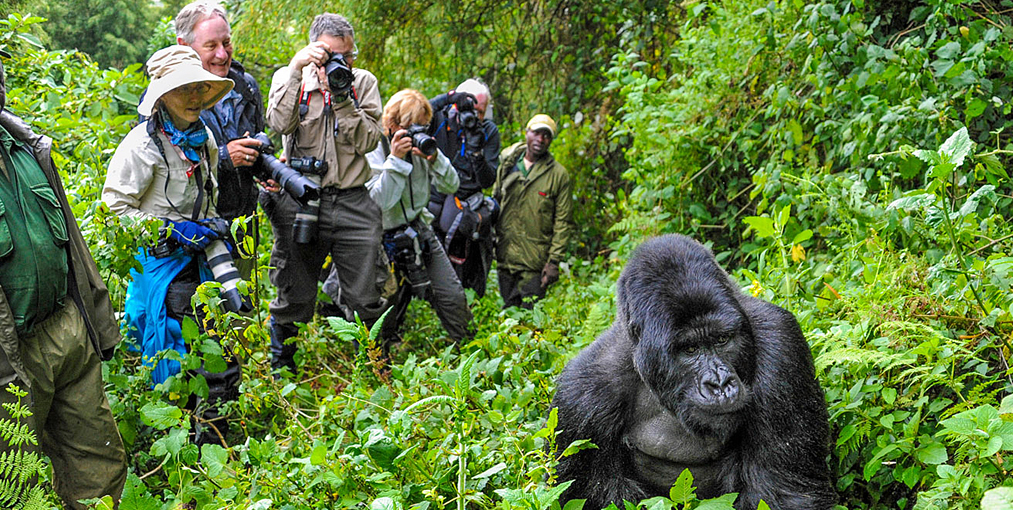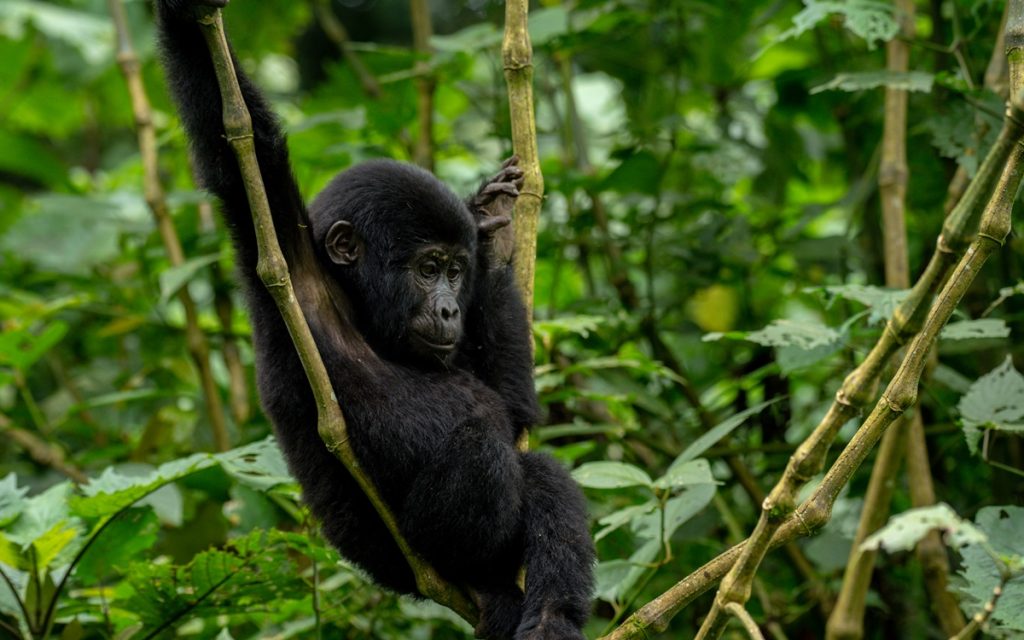- Written by: Brenda Bliss
- June 24, 2025
Shoebill Predators: Why Seeing One in the Wild Is a Race Against Time
Shoebill Predators: Why Seeing One in the Wild Is a Race Against Time
You’re floating through a Ugandan swamp at dawn, the sky still yawning with mist. The boatman points silently. There it is. A bird that looks like it belongs on a dinosaur trading card — still, grey, and majestic.
The shoebill. You raise your camera, heart racing. What you don’t see, though, are the threats that shadow it. Because while it might look like a boss bird that eats baby crocs, the shoebill has enemies. And they’re winning.
If you’re planning your first African adventure, understanding shoebill predators gives your safari more meaning — it makes it more than a checklist. It makes it personal.
Shoebill: The Bird That Stares into Your Soul
Let’s back up. This bird isn’t famous just for its looks, Shoebills are expert ambush hunters. They’ll stand still for 30 minutes if they have to, then strike with a bill that clamps like a croc trap. But for all their power, they’re incredibly fragile. Not in strength — but in numbers.

Shoebill Stork in the Wetland
What Is a Shoebill and Why Should You Care?
Imagine standing ankle-deep in a warm Ugandan wetland, binoculars raised, heart thumping, and there it is — a 1.5-meter-tall bird, absolutely still, eyes locked on a fish.
You’d think nothing could touch it. After all, it preys on baby crocodiles. But nature always balances the scale. That balance? Comes in the form of eggs stolen and chicks hunted before they grow into full-blown swamp legends.
Shoebills don’t have many predators as adults. They’re massive, intimidating, and frankly, not easy to chew. But their eggs and chicks? Fair game.
Suggested Safari Itineraries
4 Day Murchison Falls & Chimpanzee Tracking Safari
$ 1260
per personAnd the threats? They’re not what you’d expect.
The Real Predators: Who or What Is Endangering Shoebills?
Let’s break it down — not all predators have sharp teeth. Some come with bulldozers and fishing nets.
Human activity – The biggest threat by far. Wetlands are drained to grow rice or build roads. Shoebill nests vanish overnight.
Egg poachers – In some places, locals steal eggs to sell to illegal collectors or for bushmeat. It takes one moment to undo a season of patience.
Monitor lizards and snakes – These reptiles quietly raid nests. A baby shoebill is defenseless against a hungry python.
Marabou storks – Nature’s cleanup crew. But also sneaky nest thieves. They’ll snatch a chick if the parent turns away.
You won’t see these predators during your boat ride. But they’re there. And they’re part of the reason why there are fewer than 5,000 shoebills left in the wild — scattered across Uganda, South Sudan, and Zambia.

Shoebill Eating Fish
Best places to see shoebills:
Mabamba Swamp, Uganda – Just outside Entebbe. You can go in a wooden canoe, guided by someone who grew up on these waters.
Ziwa Rhino Sanctuary – A surprise spot. Rhinos on land, shoebills on water.
Bangweulu Wetlands, Zambia – Raw and remote. But if you want to feel like you’re truly off the grid, this is it.

Shoebill in Mabamba Swamp
Recommended Safaris
6-Days Murchison Falls & Queen Elizabeth Safari with Big 5 Sightseeing
$ 1350
per person8 Days River Nile, Murchison Falls & Kidepo Wilderness Safari
$ 2400
per personTips for a shoebill encounter:
Go early — birds are more active at sunrise.
Be quiet — shoebills spook easily.
Travel with ethical operators who know how to protect nesting zones.
Wear long sleeves — not for the birds, but the mosquitoes.

Canoeing to See Shoebill in Mabamba Swamp
Why It Matters
You’re not just taking a photo. You’re documenting a survivor. Every chick that makes it is a small miracle. Every visitor who cares enough to learn and share — that’s part of the conservation fight.
The more we know about shoebill predators, the more we care. And the more we care, the longer this ghost of the wetlands might haunt Africa’s swamps — the good kind of haunting.
Shoebills are not just another tick on your safari checklist. They’re a reminder that beauty and danger often live side by side. And if you’re lucky enough to meet one — in the early morning light, with fog rising and silence all around — you’ll understand why they’re worth protecting.
So, what will you do with your shoebill moment — just snap a pic, or become part of the reason they’re still here

Ready for your ultimate wildlife experience?
Chat with us, our team is always here to help!
You may also like …

Got any questions
about traveling to Uganda?
Get in touch.








